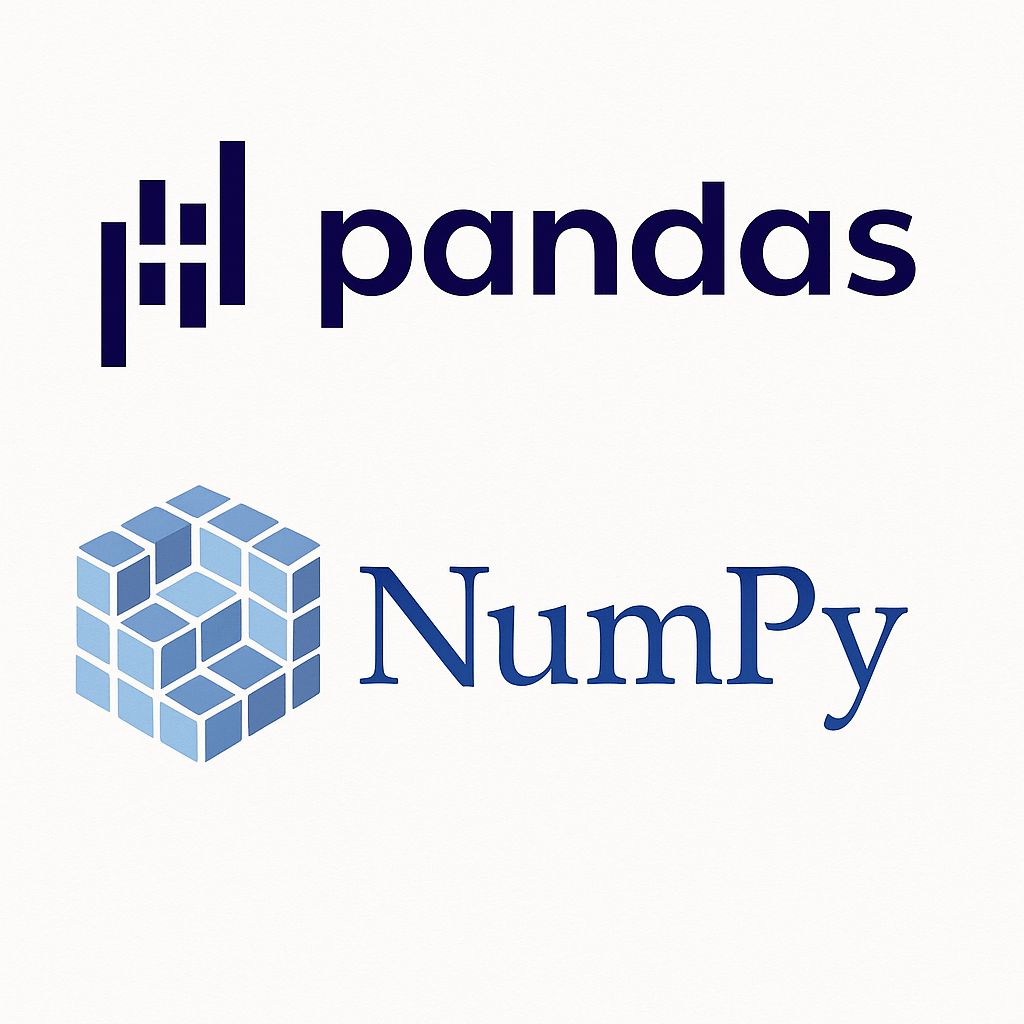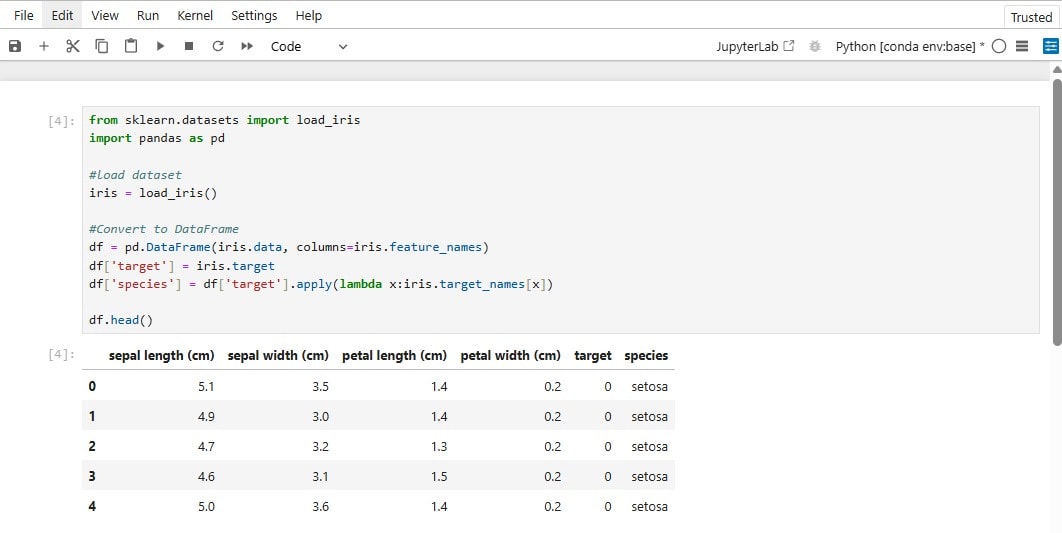For over a decade, I’ve been immersed in the world of web development, building solutions and applications using PHP through frameworks like Laravel and platforms like WordPress. My day-to-day experience has been rooted in backend logic, plugin development, and creating practical web tools that solve real problems. But recently, I took a leap into something new and incredibly exciting: artificial intelligence (AI).
This is the story of how I took my first meaningful step into the world of AI by learning Python and exploring data science, and how this transition from PHP to Python is opening up a whole new set of possibilities in my career.
From PHP to Python: Why the Shift?
As someone who is very comfortable with PHP, I never really saw myself needing another programming language. Laravel gave me structure and power, while WordPress offered flexibility and wide adoption. But as AI became more integrated into business tools, software platforms, and even customer experience, I realized that data and intelligent systems are becoming the heart of modern development.
I wanted to learn how to build smarter tools, not just functional ones. That curiosity led me to Python, the go-to language for AI, machine learning, and data science.
Learning Python: A Refreshing Experience
Transitioning to Python wasn’t as intimidating as I initially thought. Its syntax is clean, intuitive, and less verbose than PHP. In fact, I found myself appreciating how simple yet expressive the code could be.
I started by learning basic Python syntax and object-oriented programming concepts. Understanding variables, functions, classes, and loops felt familiar, but what truly made the learning process exciting was how quickly I could move from writing a simple script to working with data.
Introduction to Pandas and NumPy
One of the first things I was introduced to in my Python journey was the Pandas and NumPy libraries. Pandas is like a superpowered Excel inside Python. It allows you to manipulate data, filter rows and columns, and generate statistics with just a few lines of code. NumPy, on the other hand, provides support for numerical operations and arrays, making it ideal for scientific computing.
With these libraries, I was able to load datasets, explore them, and understand how to perform data analysis programmatically. That was a major breakthrough moment for me. As a developer who’s spent years manually handling form data, creating reports, or integrating APIs, working with datasets so fluidly was a breath of fresh air.

The Art of Cleaning and Optimizing Datasets
Beyond learning syntax and libraries, I was introduced to one of the most crucial skills in data science: data cleaning and optimization. It turns out, data in the real world is often messy. There are missing values, inconsistent formats, duplicates, and other issues that can distort analysis.
Using Pandas, I learned how to:
- Remove or fill missing values
- Normalize data formats
- Eliminate duplicates
- Apply filters and transformations
This process of cleaning data felt like decluttering a workspace. Once the dataset was clean, running analysis or building models made more sense. It was satisfying to see a messy dataset become structured and usable with just a few smart operations.
Coming from a PHP background, this ease of data manipulation with Python was eye-opening. In Laravel, data manipulation is often tied to database queries and Eloquent models. While powerful, it’s not always as seamless when it comes to working with large datasets outside of your application’s database.
Why This Feels Like the Beginning of an AI Journey
Learning Python and how to work with data is more than just acquiring another programming language. For me, it represents a shift in mindset. In web development, the focus is often on creating workflows, interfaces, and backend processes. In AI and data science, the focus is on understanding and learning from data.
This is just the beginning, but it already feels transformative. I now understand why Python is the preferred language for AI and why libraries like Pandas and NumPy are foundational for anyone who wants to explore this space.

What’s Next?
My plan is to continue exploring more about data analysis, visualization, and eventually move into machine learning. With tools like Jupyter Notebooks, I’m able to write code, annotate it, and visualize data all in one place — which is an amazing way to learn and build experiments.
I also hope to connect my new Python skills with my existing PHP expertise. Who knows? Maybe I’ll build an AI-powered plugin for WordPress, or integrate a predictive engine into a Laravel app.
Final Thoughts
This first step into AI has been exciting, humbling, and extremely rewarding. Python has shown me a new way of thinking about software development — one that revolves around intelligence, insights, and data-driven decision-making.
If you’re like me, coming from a PHP-heavy background, I highly recommend giving Python and data science a try. It might just open up a whole new chapter in your development career, just like it did for me.
